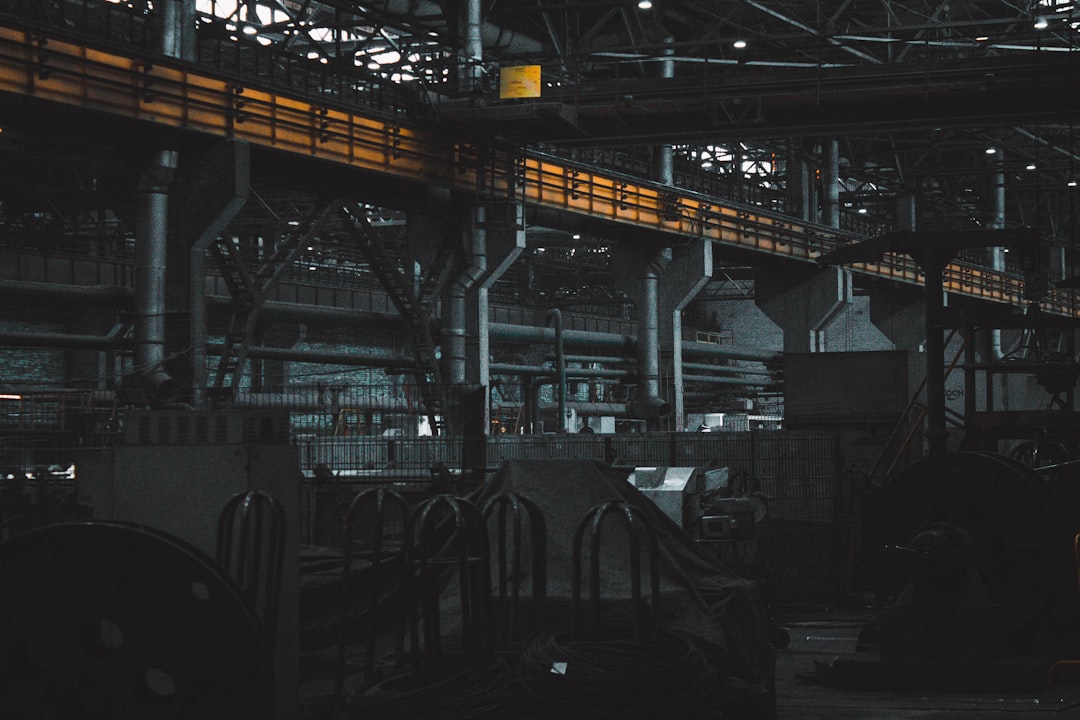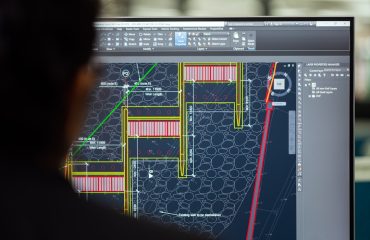body { font-family: sans-serif; line-height: 1.6; }
img { max-width: 100%; height: auto; display: block; margin: 20px auto; }
h1, h2, h3 { color: #333; }
Steel. The very word conjures images of strength, resilience, and enduring power. But beyond its inherent robustness, steel possesses an incredible versatility, shaping our world in countless ways. This visual gallery delves into the fascinating applications of steel, showcasing its transformative potential across diverse industries. Prepare to be amazed by the sheer scope of steel’s influence.
1. Steel in Construction: Skyscrapers to Suburban Homes

Steel’s high strength-to-weight ratio makes it an indispensable material in modern construction. From the towering skeletons of skyscrapers that pierce the clouds to the sturdy frames of residential homes, steel provides unparalleled structural integrity. Its ability to withstand immense loads, combined with its ease of fabrication and welding, allows architects and engineers to create innovative and complex designs. The image above showcases the impressive scale achievable with steel in high-rise construction. Steel’s use isn’t limited to large-scale projects; it also forms the backbone of bridges, stadiums, and even smaller commercial buildings, providing a reliable and durable foundation for decades to come. Furthermore, advancements in steel technology, such as high-strength low-alloy (HSLA) steels, are constantly pushing the boundaries of what’s possible, leading to lighter, stronger, and more sustainable structures.
2. Steel’s Role in Infrastructure: Roads, Bridges, and Railways

Our modern infrastructure relies heavily on steel’s robust nature. Roads, bridges, and railways all benefit from steel’s durability and resistance to wear and tear. Steel beams and girders form the critical load-bearing elements of bridges, ensuring safe and reliable passage across rivers, valleys, and other obstacles. Rail tracks, made of hardened steel, withstand the constant pressure and friction of heavy trains, facilitating efficient and reliable transportation systems. Steel’s contribution to road construction extends beyond bridges; it’s used in reinforced concrete, providing additional strength and stability to roadways. The longevity and resilience of steel infrastructure ensure that these vital networks remain functional for many years, supporting economic activity and connecting communities.
3. Steel in Manufacturing: From Automobiles to Appliances

The manufacturing industry is a significant consumer of steel. The automotive industry, for example, uses steel extensively in the production of car bodies, chassis, and various components. Its strength and formability allow for the creation of complex shapes and designs. Beyond automobiles, steel finds its way into countless other manufactured goods, including appliances, machinery, and tools. Its malleability allows for easy shaping and welding, making it ideal for mass production. The image above depicts a car factory, a prime example of steel’s crucial role in modern manufacturing processes. Steel’s versatility also extends to specialized applications, such as the creation of high-precision components for aerospace and medical equipment.
4. Steel’s Impact on Energy: Power Generation and Transmission

Steel plays a pivotal role in the energy sector, contributing to both power generation and transmission. Power plants, whether nuclear, coal-fired, or gas-turbine, rely heavily on steel for their structural integrity and the containment of high-pressure systems. Transmission lines often utilize steel towers to support power cables, ensuring the reliable distribution of electricity across vast distances. The durability and strength of steel are crucial for ensuring the safe and efficient operation of these critical energy infrastructure components. Furthermore, steel is used in the manufacturing of wind turbines, a key element of renewable energy generation. The blades and supporting structures of these turbines are often made of steel alloys designed to withstand extreme weather conditions and operational stresses.
5. Steel’s Artistic Expression: Sculptures and Architectural Marvels

Beyond its functional applications, steel also finds its place in the world of art and architecture. Sculptors utilize steel’s malleability and strength to create breathtaking works of art, showcasing its potential for both intricate detail and bold, sweeping forms. Architects, too, embrace steel’s aesthetic qualities, incorporating it into building designs to create visually striking and innovative structures. Steel’s ability to be shaped, curved, and welded allows for a level of architectural freedom that other materials cannot match. The image above showcases the artistic possibilities of steel, highlighting its capacity to blend strength and beauty in a single, powerful statement. From modern art installations to iconic architectural masterpieces, steel’s presence transcends mere functionality, becoming a symbol of creativity and innovation.
This visual gallery only scratches the surface of steel’s vast and diverse applications. Its unwavering strength, versatility, and durability continue to shape our world, from the smallest everyday objects to the grandest structures imaginable.
SEO-Friendly Tags:
- Steel Applications
- Steel Uses
- Steel Construction
- Steel Infrastructure
- Industrial Steel
“`
Remember to replace the placeholder image URLs (`placeholder_skyscraper.jpg`, `placeholder_bridge.jpg`, etc.) with actual image URLs. You’ll also want to add appropriate styling to enhance the visual presentation of the blog post.




